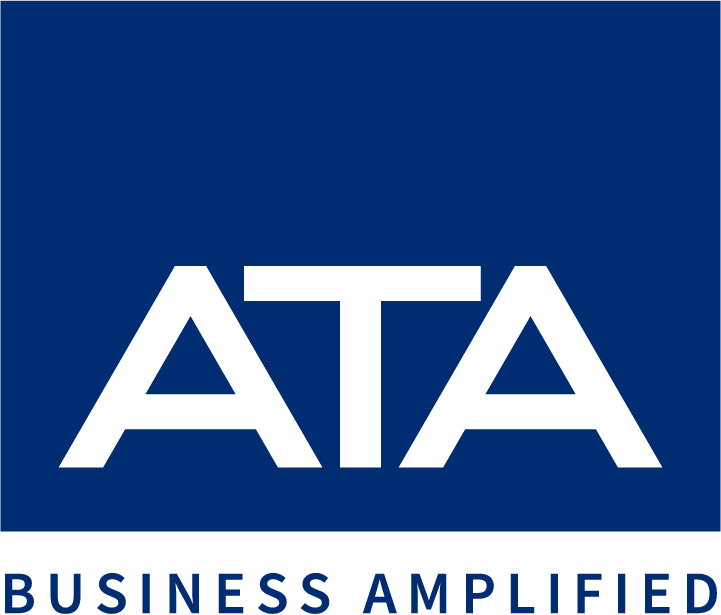You may have heard of the “nanny tax.” But even if you don’t employ a nanny, it may apply to you. Hiring a housekeeper, gardener or other household employee (who isn’t an independent contractor) may make you liable for federal income and other taxes. You may also have state tax obligations.
If you employ a household worker, you aren’t required to withhold federal income taxes from pay. But you may choose to withhold if the worker requests it. In that case, ask the worker to fill out a Form W-4. However, you may be required to withhold Social Security and Medicare (FICA) taxes and to pay federal unemployment (FUTA) tax.
FICA and FUTA tax
In 2019, you must withhold and pay FICA taxes if your household worker earns cash wages of $2,100 or more (excluding the value of food and lodging). If you reach the threshold, all the wages (not just the excess) are subject to FICA.
However, if a nanny is under age 18 and child care isn’t his or her principal occupation, you don’t have to withhold FICA taxes. So, if you have a part-time babysitter who is a student, there’s no FICA tax liability.
Both an employer and a household worker may have FICA tax obligations. As an employer, you’re responsible for withholding your worker’s FICA share. In addition, you must pay a matching amount. FICA tax is divided between Social Security and Medicare. The Social Security tax rate is 6.2% for the employer and 6.2% for the worker (12.4% total). Medicare tax is 1.45% each for both the employer and the worker (2.9% total).
If you want, you can pay your worker’s share of Social Security and Medicare taxes. If you do, your payments aren’t counted as additional cash wages for Social Security and Medicare purposes. However, your payments are treated as additional income to the worker for federal tax purposes, so you must include them as wages on the W-2 form that you must provide.
You also must pay FUTA tax if you pay $1,000 or more in cash wages (excluding food and lodging) to your worker in any calendar quarter. FUTA tax applies to the first $7,000 of wages paid and is only paid by the employer.
Reporting and paying
You pay household worker obligations by increasing your quarterly estimated tax payments or increasing withholding from wages, rather than making an annual lump-sum payment.
As a household worker employer, you don’t have to file employment tax returns, even if you’re required to withhold or pay tax (unless you own your own business). Instead, employment taxes are reported on your tax return on Schedule H.
When you report the taxes on your return, you include your employer identification number (not the same as your Social Security number). You must file Form SS-4 to get one.
However, if you own a business as a sole proprietor, you include the taxes for a household worker on the FUTA and FICA forms (940 and 941) that you file for your business. And you use your sole proprietorship EIN to report the taxes.
Keep careful records
Keep related tax records for at least four years from the later of the due date of the return or the date the tax was paid. Records should include the worker’s name, address, Social Security number, employment dates, dates and amount of wages paid and taxes withheld, and copies of forms filed.
Contact us for assistance or questions about how to comply with these employment tax requirements.
© 2019



